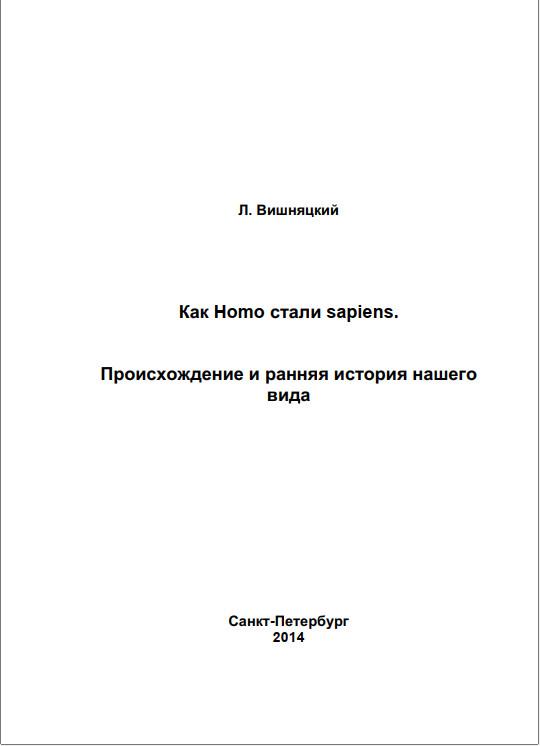Шрифт:
Закладка:
Всего лишь 28 000 лет назад в пещерах у Гибралтарского пролива закончилась эпоха неандертальцев. Мы привыкли считать их грубыми, неуклюжими и не слишком сообразительными людьми, над которыми легко взяли верх наши ловкие и хитрые предки… Но действительно ли это было так просто? Если рассматривать родословную человечества как схему с пересекающимися ветвями, то выяснится, что между отдельными видами людей очень много общего. К тому же большая часть признаков так называемой когнитивной революции была присуща и неандертальцам. Клайв Финлейсон уверен: судьбу неандертальцев и «современных людей» определили экологические факторы. Если бы климат не изменился в нашу пользу около 50 миллионов лет назад, все могло сложиться иначе…





